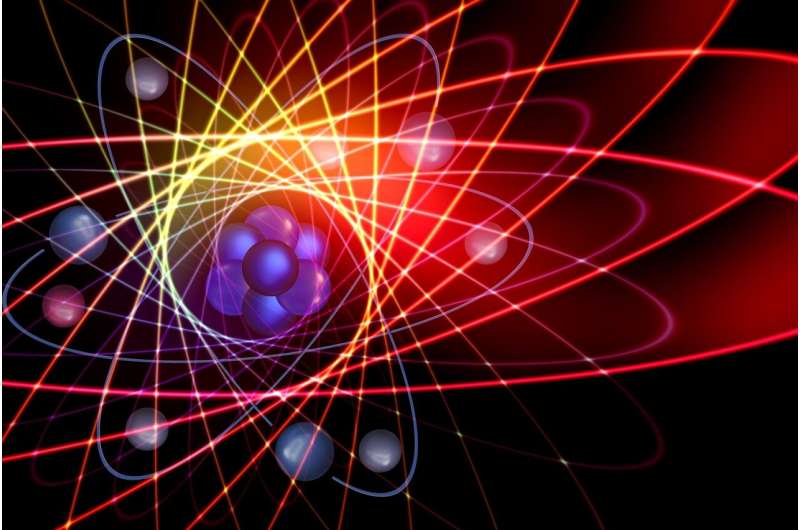Image source: Pixabay/CC0 Public Domain
A team of researchers proposed a method to quantify entanglement using standard entanglement witness procedures in three common experimental scenarios.Their works were published in Physical Review Letters.
The two basic tasks of quantum entanglement research are the detection and quantification of entanglement. Entanglement Witness (EW) is an observable that has a negative value for entangled states and a positive value for separable states. It is widely used to detect entanglement in various experimental scenarios because of its simplicity and powerful detection capabilities. So far, electronic warfare has only been used to detect the presence of entanglement and has been silent on estimating the amount of entanglement present in a state.
A team composed of Professor Yu Sixia, Associate Researcher Sun Liangliang, Zhou Xiang and others from the University of Science and Technology of China, Chinese Academy of Sciences, filled this research gap and found that electronic warfare can be normalized to trace distance, which is represented by a given entanglement Differentiability between experimental data generated from a state and a separable state under the same measurement.
Differentiability is the core of entanglement quantifiers and can be used to constrain various common entanglement measures. In the trusted device scenario, the normalized EW characterizes the best distinction between a given state and a separable state.
In the device-independent (DI) scenario, the normalized EW quantifies the optimal discrimination between the quantum correlations produced by a given state and the local correlations produced by separable states. Similar EW normalization is implemented in the measurement device independent (MDI) scenario.
Regardless of the experimental scenario, this entanglement quantizer enables researchers to estimate lower bounds on various entanglement measures based on the average value of EW. EW is no longer silent on the quantification of entanglement.
Furthermore, for multi-part systems, the normalized EW can be used to estimate the entanglement depth, that is, the minimum number of entangled particles. This method provides a strict lower bound that asymptotically approaches the exact value of entanglement as the number of particles approaches infinity.
The paper’s reviewers praised the work, saying it “comprehensively addresses an important issue, enabling entanglement experiments to cover a wider range of entanglement measures.”
More information:
Liang-Liang Sun et al., “Limiting the amount of entanglement of witness operators,” Physical Review Letters (2024). DOI: 10.1103/PhysRevLett.132.110204.exist arXiv: DOI: 10.48550/arxiv.2312.04897
Provided by University of Science and Technology of China
citation: Limiting the amount of entanglement for witness operators (2024, April 22), Retrieved April 22, 2024, from https://phys.org/news/2024-04-bounding-amount-entanglement-witness.html
This document is protected by copyright. No part may be reproduced without written permission except in the interests of fair dealing for private study or research purposes. Content is for reference only.
#Limit #amount #entanglement #witnessed #witness #operator
Image Source : phys.org
